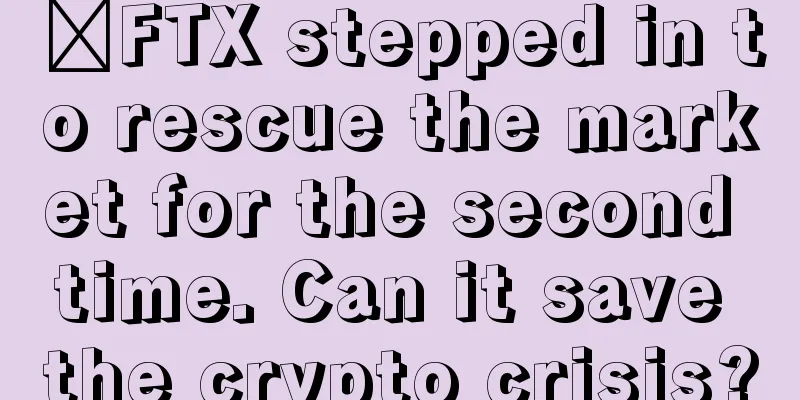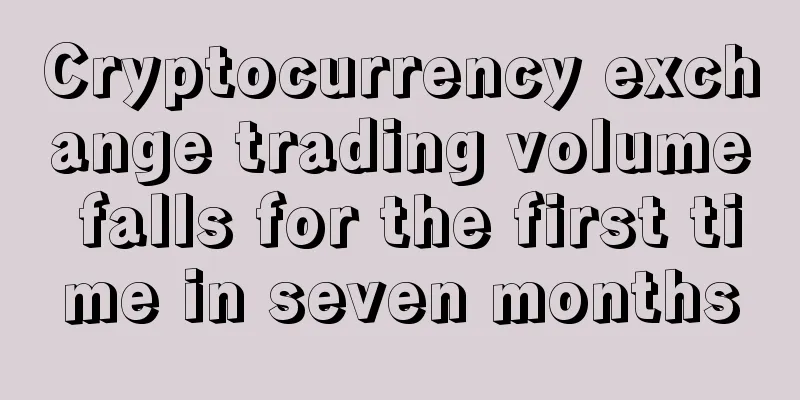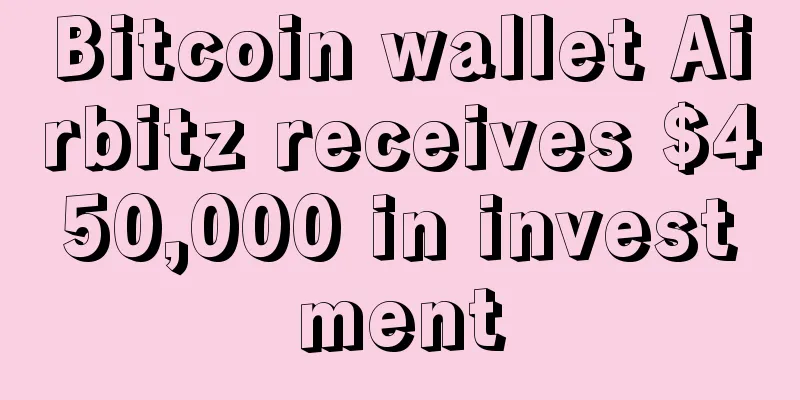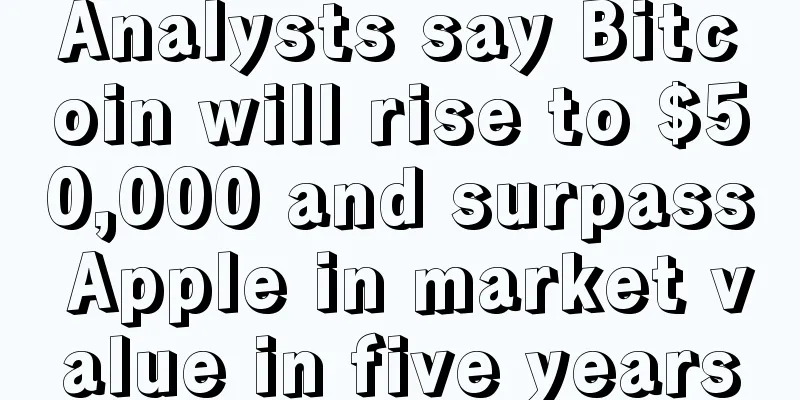FTX stepped in to rescue the market for the second time. Can it save the crypto crisis?

|
On Tuesday, crypto lending platform BlockFi announced that it had secured a $250 million revolving credit line from FTX . BlockFi CEO Zac Prince said the move "strengthens our balance sheet and platform strength." He added, "Contractually, proceeds from the credit line will be derived from all customer balances across all account types (BIA, BPY, and loan collateral) and will be used as needed." This isn’t the first time FTX CEO Sam Bankman-Fried has stepped in to rescue a major crypto firm affected by the recent market downturn. Last week, crypto broker Voyager Digital (VOYG) received a revolving credit line from Alameda Research, the quantitative trading firm founded by Bankman-Fried, to help it weather the current market turmoil. As the digital asset industry stumbles on and off, the giant is thinking about ways to prevent disaster — and perhaps profit. This weekend, Bankman-Fried discussed what he sees as his “duty” to bail out cryptocurrency companies during the crisis. He reiterated that sentiment on Twitter, saying his primary focus is on mitigating retail losses, disclosing risk, and preventing bad debt from spreading across the industry. "I do feel like we have a responsibility to seriously consider stepping in, even if it's a loss for ourselves, to stop the spread of this crisis," Bankman-Fried told NPR. "Even if we weren't the ones who caused it or had no part in it. I think it's healthy for the ecosystem, and I want to do things that can help it grow and thrive." Here’s a historical analogy: JPMorgan Chase twice stepped in to prevent an economic collapse. During the Panic of 1893, following a period of intense speculation and consolidation in the emerging railroad and banking industries, JPMorgan lent the Federal Treasury $65 million in gold to replenish its dwindling reserves and reassure people about the banking system. Later, during the financial crisis of 1907, JPMorgan mortgaged its own capital and led a coalition of wealthy financiers to support failing banks, stock exchanges and trust companies. Historians credit JPMorgan’s actions with preventing a more severe recession at a time when the federal government had little ability to manage the economic crisis. Bankman-Fried plays a similar historical role. Today, FTX provided $250 million in credit to troubled crypto lender BlockFi. Last week, Bankman-Fried’s trading arm, Alameda Research, bailed out crypto brokerage Voyager Digital. Over the years, he has acquired companies like Liquid and provided bailout funds to protocols and projects that have been attacked. Of course, this is not only altruistic, but also a way for FTX to expand. Bankman-Fried calls himself an “effective altruist,” a capitalist who seeks to earn as much profit as possible to give back to society. It’s not clear whether his current actions are the former or the latter: perhaps he’s intervening today in order to profit tomorrow. Cryptocurrency is often likened to the era of wildcat banking, when financial institutions were essentially able to print their own money and play by their own rules. While attempts have been made to work with governments to achieve “regulatory clarity,” the crypto industry sometimes seems to be outside the norms and safety nets established by the traditional financial sector. In recent days, some of the crypto industry's biggest players, including Coinbase , Crypto.com and Gemini, have announced layoffs. Influential hedge funds such as Three Arrows Capital appear to be insolvent, while major lenders Celsius and Babel Finance have suspended customer withdrawals. If any of these companies fail, it could set off a chain reaction. Bankman-Fried clarified on Twitter that his role is not necessarily to save individual companies. His own company is slowing hiring and reportedly pulled out of negotiations to advertise on jerseys of Major League Baseball's Los Angeles Angels. Crypto should adhere to certain core principles, including financial transparency, free markets, and perhaps most importantly, ensuring everyone plays by the same rules. So, is there a moral hazard to Bankman-Fried’s involvement? Despite its ambitions, cryptocurrencies are plagued by scams, insider trading and a culture of backroom deals. Today, the companies that appear to be at greatest risk of default are primarily those that replicate the worst aspects of the traditional financial system — all without consumer protections. Celsius and Three Arrows Capital are making risky bets with customer funds, and centralized exchanges are black boxes. While some on-chain, community-governed protocols appear to be performing better, that doesn’t make them a perfect solution. Over the weekend, developers at lending protocol Solend “voted” to requisition wallets of highly leveraged users to mitigate the impact of an expected margin call. If crypto has learned anything from the ongoing market reckoning, it’s that its only hope for escaping a complex, easily corrupted legacy financial system is true decentralization. Open protocols can’t stop bad actors, but they can provide investors with the information they need to make their own decisions. Bankman-Fried told NPR that the core driver of the market sell-off has been the Federal Reserve. The biggest rate hike since 1994 — an attempt to quell inflation that may have accelerated but failed to predict — is causing the market to pull money out. Progressive politicians of Morgan’s era created the Federal Reserve in part because they witnessed the impact JPMorgan and his ilk had on the economy. Although JPMorgan’s intentions were altruistic, the Puccio Committee worried that Morgan could influence the markets for personal gain. For his part, Bankman-Fry is willing to work with regulators. He said he would spend more than $1 billion in political donations, in part to win officials’ attention. But the real changes, challenges, and opportunities in the crypto industry will happen at the protocol level — not dictated by any one person. |
<<: Ethereum’s upcoming Grey Glacier upgrade
>>: Vitalik Buterin on the crypto crash: "Cryptocurrency has had its peaks and its lows"
Recommend
Bitcoin fuels ransomware epidemic, quadrupling in 2016
One night in April, Dave Winston, a member of the...
People with these facial features have a smooth life.
If you want your life to be smooth sailing, then ...
How to tell love fortune from palmistry
Our hands, in addition to playing a very important...
Australian Stock Exchange ASX to Allow BGL to Purchase Its Company Shares with Bitcoin
Golden Finance News - According to foreign media ...
Filecoin mainnet finally launched, FIL token price soared
The highly anticipated crypto project Filecoin ha...
On-chain data shows that BTC computing power continues to decline. Can the United States' unlimited QE stimulate its rebound?
Since 2019, there has been a lot of discussion ab...
Does having only one child line mean you will only have one child in your lifetime?
How to read the children line in palmistry? The c...
Sun Hill to see personality: focus on reputation and status
Palmistry: The Sun Hill looks at personality: foc...
These three types of ears have a good fortune in life, are you one of them?
Simply looking at the face cannot reveal a person...
US Credit Unions Launch CULedger Blockchain Alliance
In August, U.S. credit unions held their first me...
El Salvador Government Plans to Deploy 200 Bitcoin ATMs in the Country
The government of El Salvador plans to deploy 200...
How to tell the fortune in a man's palm? What are the fortune in a man's palm?
From ancient times to now, many people believe in...
Is the bear market officially over? LocalBitcoins Bitcoin-USD trading volume surges 4 times to a record high
The biggest increase in local bitcoin trading vol...
What is the best way to earn yield using Ethereum?
Ethereum is one of the most popular and promising...
Galaxy: 23 Predictions for Cryptocurrency in 2025 How high can BTC and ETH rise
Preface 2024 saw a massive shift for Bitcoin and ...









